Types of Fabrics
Fabrics can be broadly categorized into natural and synthetic types, each with distinct characteristics.
1. Natural Fabrics: Natural fabrics are derived from plant or animal sources. Common natural fabrics include:
- Cotton: Made from the fibers of the cotton plant, this fabric is known for its softness, breathability, and absorbency. Cotton is widely used in everyday clothing, bed linens, and towels.
- Linen: Produced from the fibers of the flax plant, linen is valued for its strength, coolness, and natural luster. It is often used in summer clothing and high-quality table linens.
- Wool: Sourced from the fleece of sheep and other animals, wool is renowned for its warmth, elasticity, and moisture-wicking properties. It is commonly used in sweaters, suits, and blankets.
- Silk: Created from the cocoons of silkworms, silk is prized for its smooth texture, sheen, and drape. It is used in luxury garments, scarves, and bedding.
2. Synthetic Fabrics: Synthetic fabrics are manufactured from chemical processes and petroleum-based products. Notable synthetic fabrics include:
- Polyester: Made from polymer fibers, polyester is known for its durability, wrinkle resistance, and color retention. It is commonly used in a wide range of clothing, from athletic wear to formal attire.
- Nylon: A strong, elastic fabric made from polyamides, nylon is used in activewear, hosiery, and outdoor gear due to its durability and resistance to abrasion.
- Acrylic: Often used as a substitute for wool, acrylic is lightweight, warm, and resistant to moths and mildew. It is used in knitwear, blankets, and upholstery.
- Spandex: Known for its exceptional elasticity, spandex is used in garments that require stretch, such as athletic wear and shapewear.
Fabric Construction
The way fabric is constructed greatly affects its properties and uses. The two primary methods of fabric construction are:
- Weaving: In weaving, threads are interlaced in a grid pattern to create fabric. Common weave structures include plain weave, twill weave, and satin weave. Each type of weave imparts different characteristics to the fabric, such as texture, drape, and strength.
- Knitting: Knitted fabrics are made by interlocking loops of yarn, creating a more flexible and stretchy material compared to woven fabrics. Knitting techniques include weft knitting (used in T-shirts and sweaters) and warp knitting (used in lingerie and sportswear).
Applications of Fabric
Fabrics are used in a diverse range of applications, reflecting their versatility and importance. In fashion, fabrics define the texture, style, and comfort of clothing. In home décor, they are used for upholstery, curtains, and bedding, contributing to the aesthetics and functionality of living spaces. Industrial applications include technical textiles used in automotive, aerospace, and medical industries, where specific properties such as durability, strength, and resistance are crucial.
Sustainability and Innovation
The textile industry is increasingly focused on sustainability, with innovations aimed at reducing environmental impact. This includes the development of eco-friendly fabrics made from organic fibers, recycled materials, and sustainable manufacturing processes. Brands and consumers alike are becoming more conscious of the environmental footprint of their fabric choices, driving the demand for more sustainable options.
In conclusion, fabric is a fundamental material with a broad range of types, constructions, and applications. Its versatility and adaptability make it an essential component in various industries, from fashion to home décor to industrial uses. As the industry evolves, the focus on sustainability and innovation continues to shape the future of fabric production and consumption

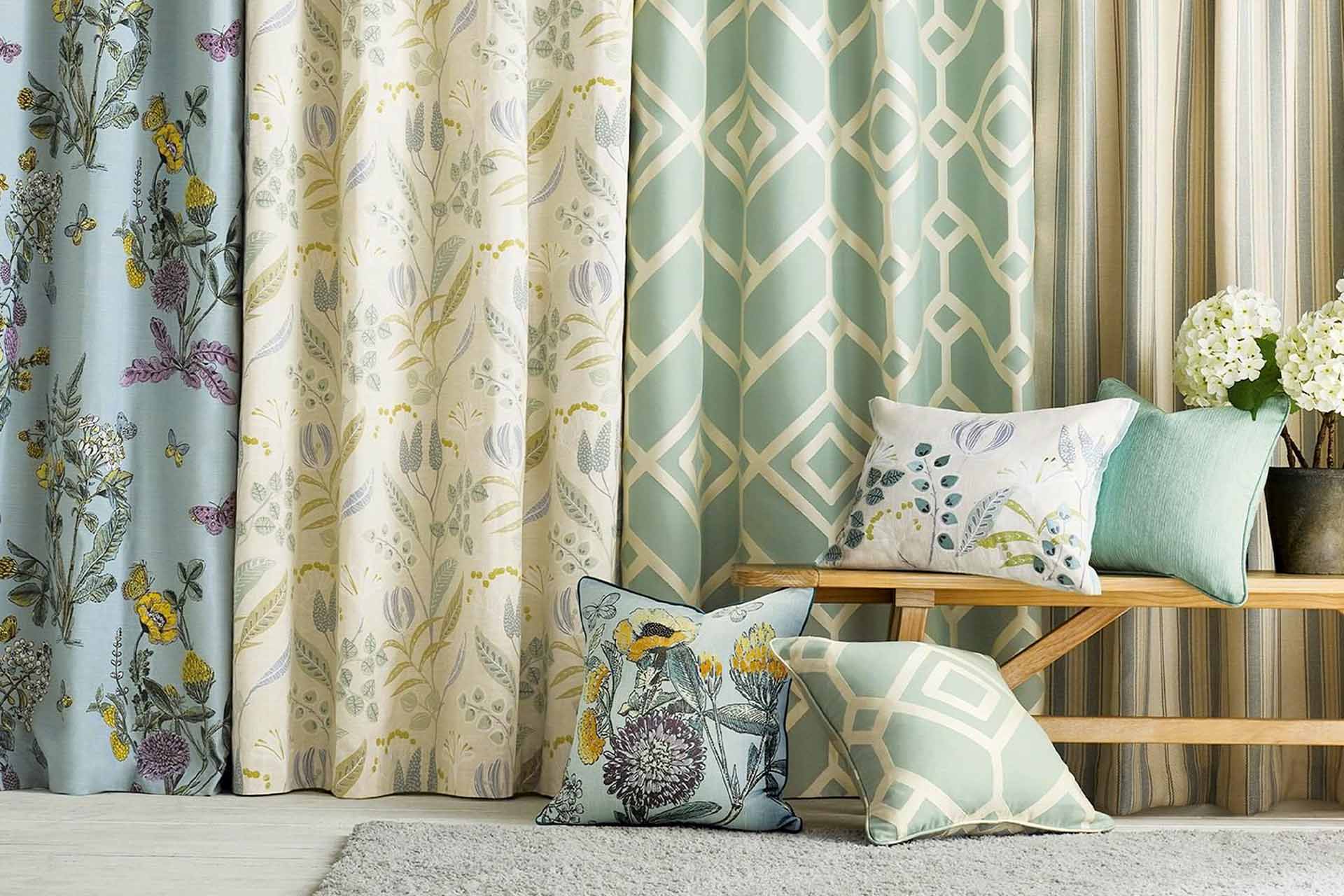
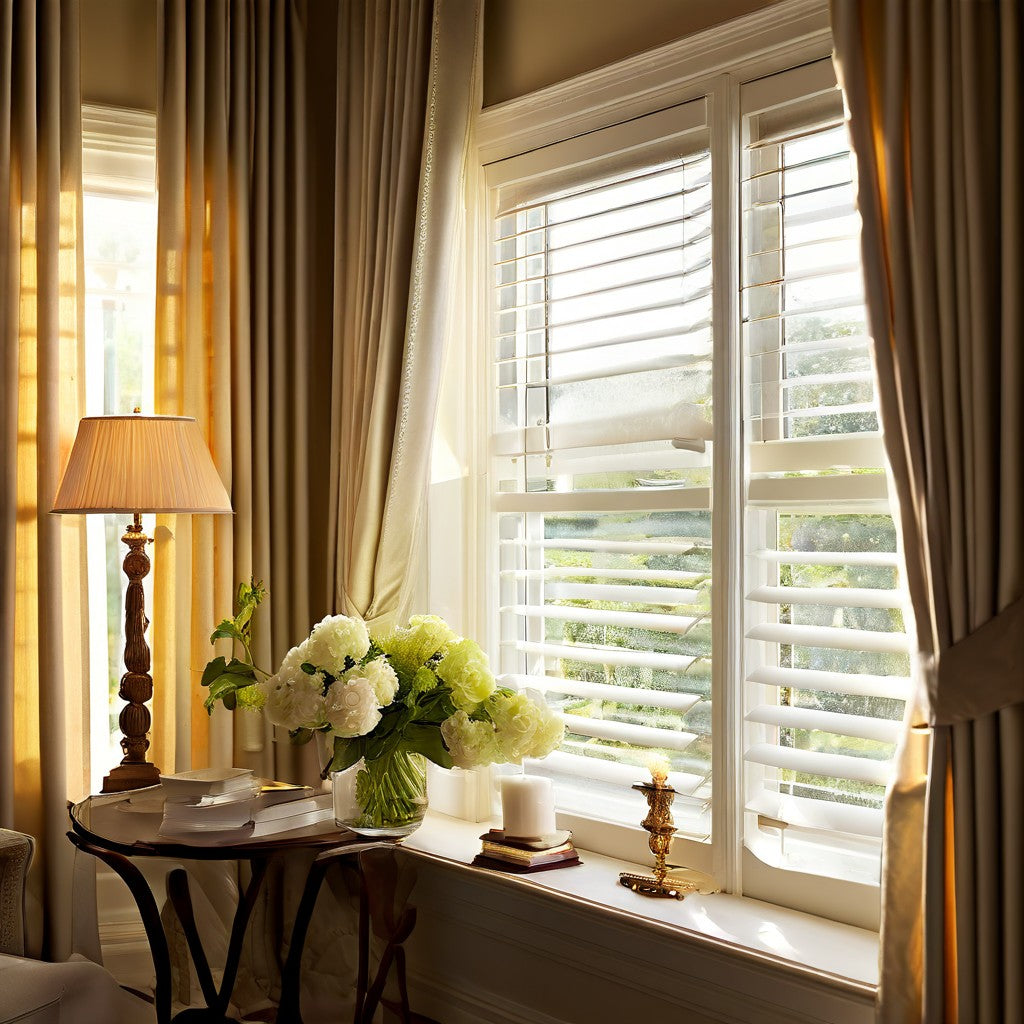
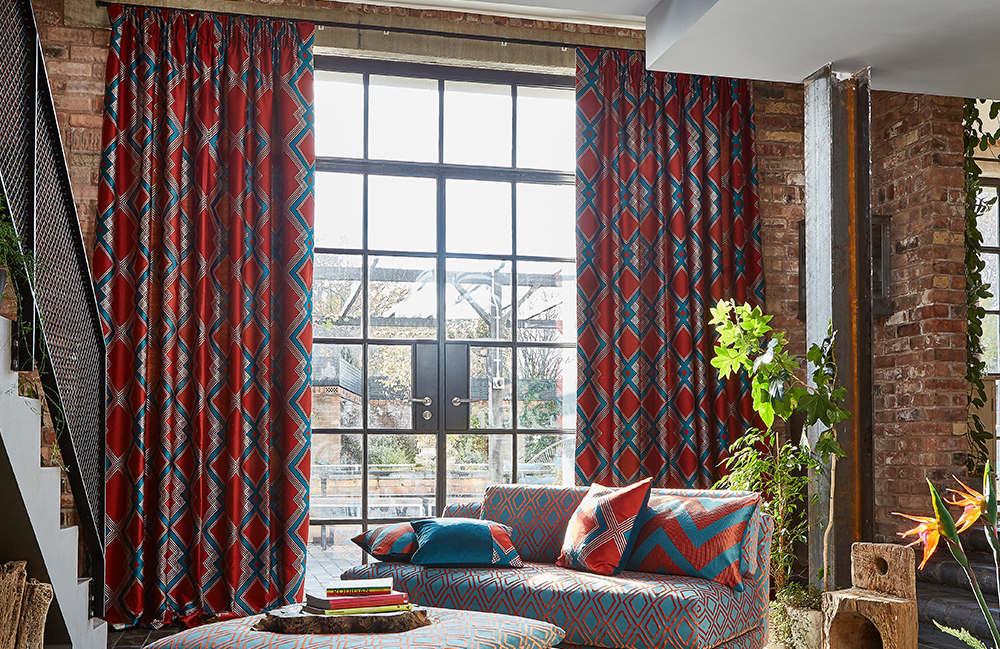

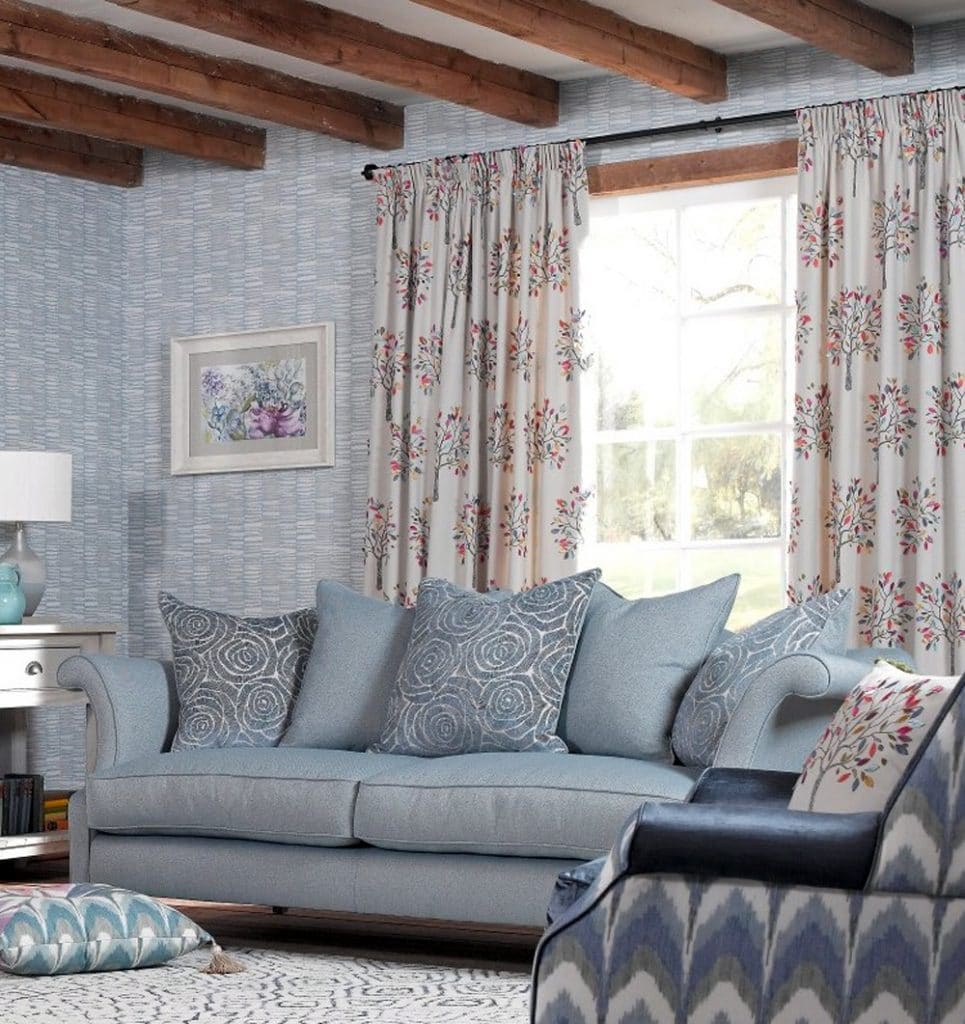
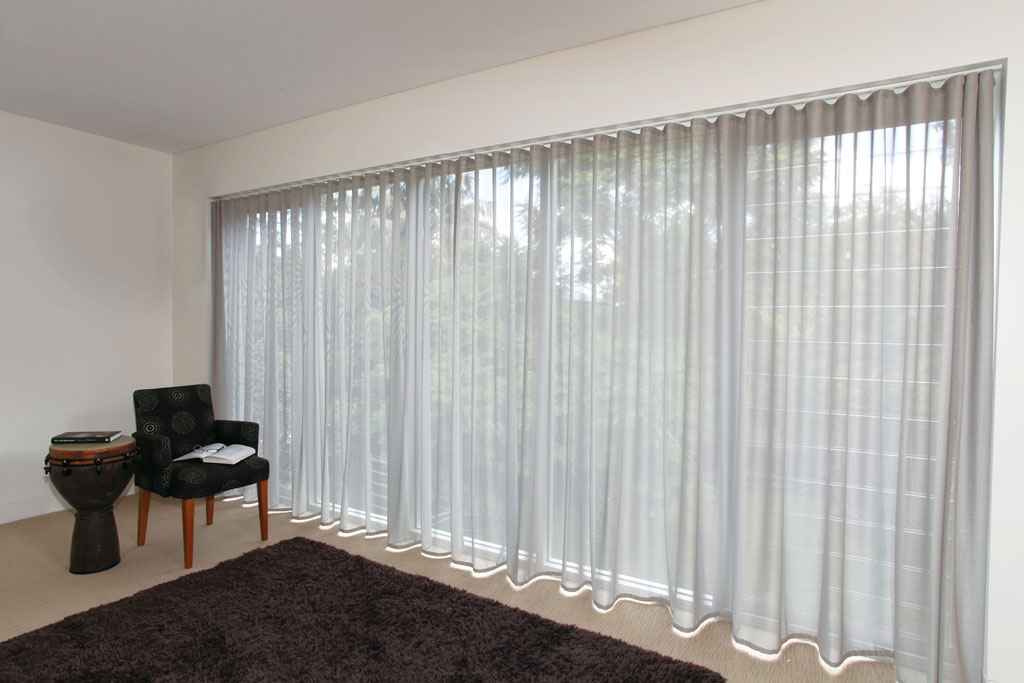
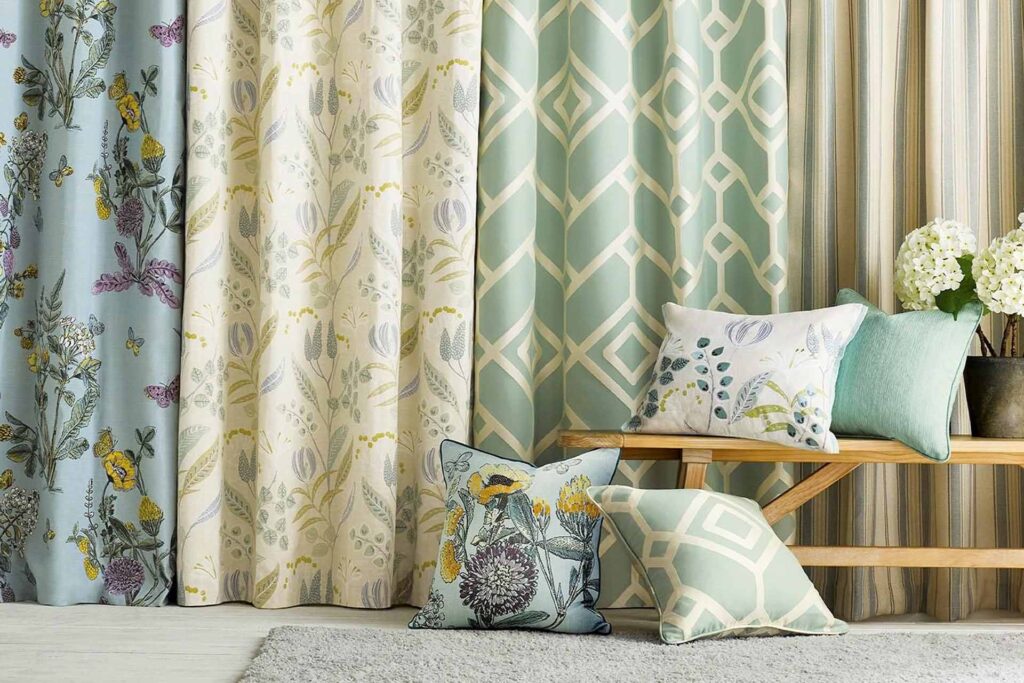

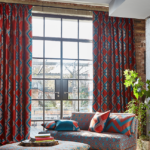
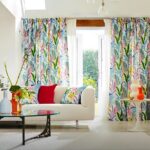
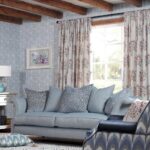

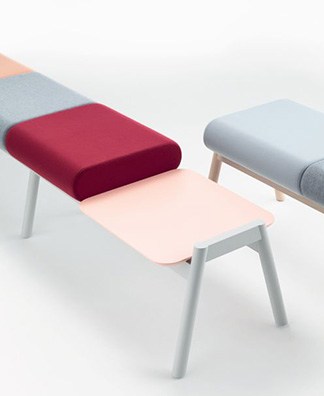
Reviews
There are no reviews yet.